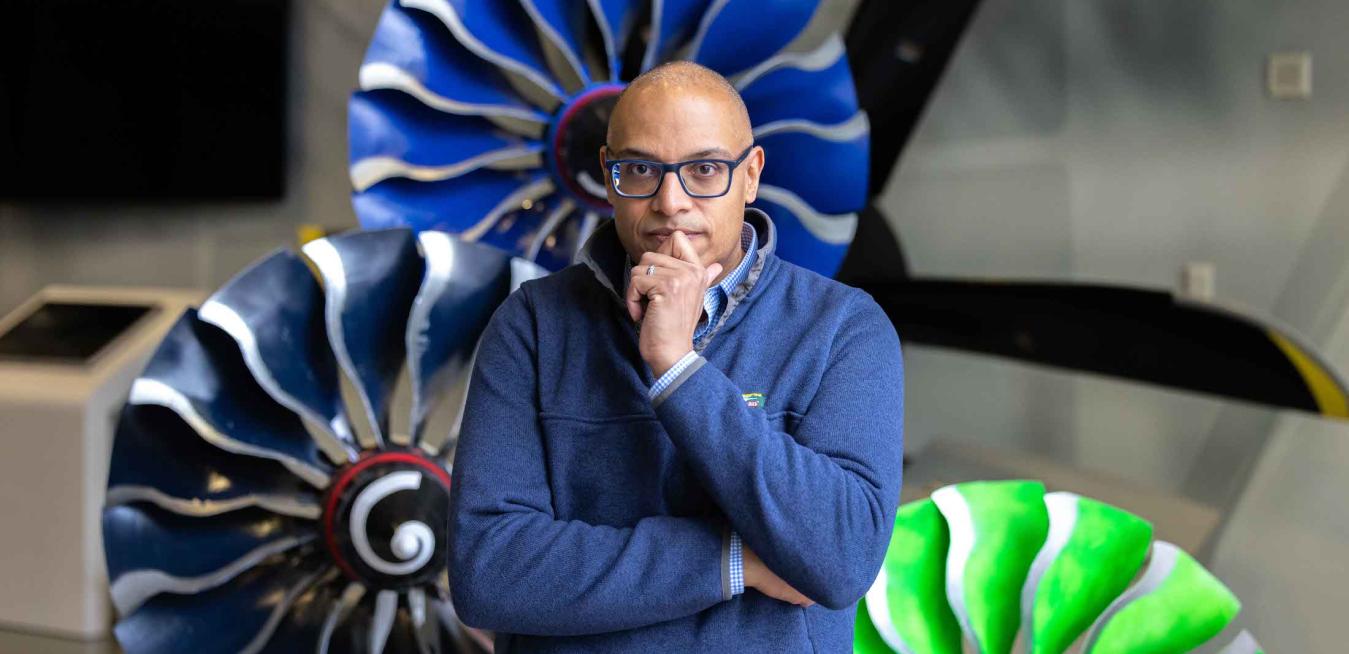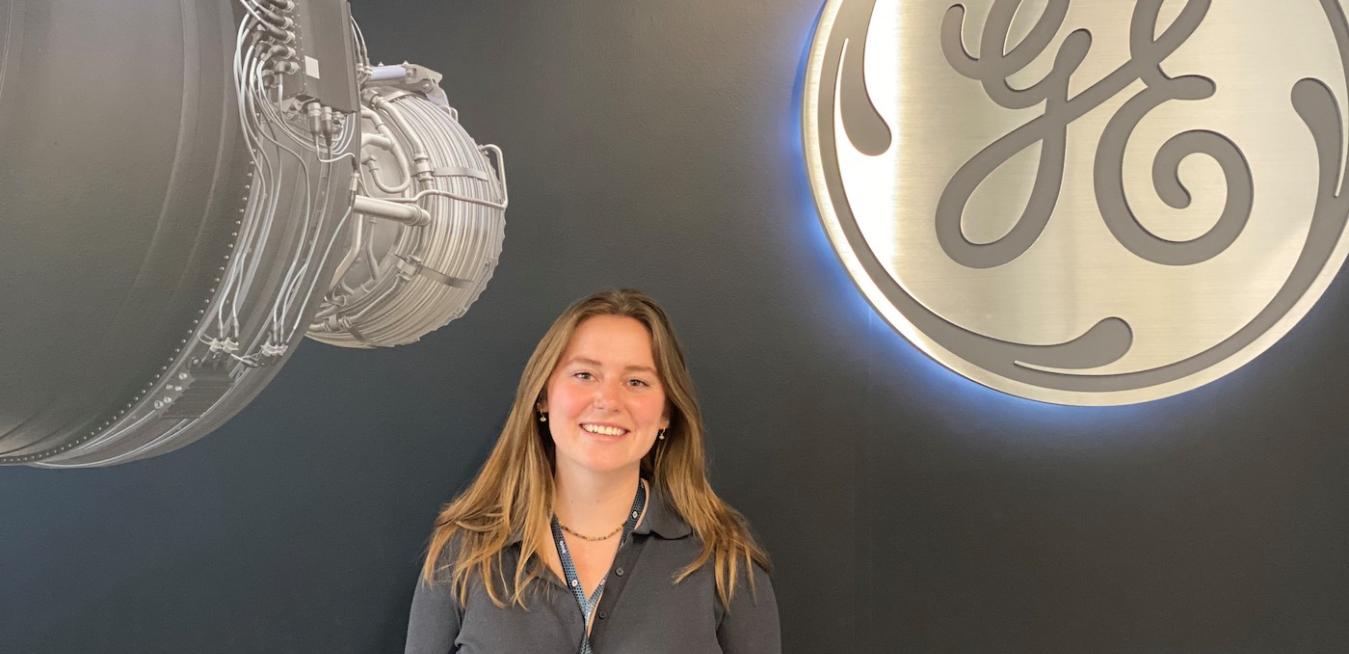In 1876, a 28-year-old Thomas Edison came up with what may be his most underrated innovation: a laboratory and machine shop inside a single two-story building in Menlo Park, New Jersey. It’s a place he called his “Invention Factory,” and one that history calls the first R&D facility in the world. While the Menlo Park model was soon adopted by governments, universities, and rival companies, its DNA proved as distinct as it was world-changing, and it led to the birth of GE in Schenectady, New York, in April 1892.
When Chris Day was in sixth grade, he didn’t feel like one of the cool kids. That is, until the day he broke his battery-powered toy truck and brought it to his dad, James. Instead of buying a new one — Chris knew there was little chance of that — James took a screwdriver to the chassis and pulled out the motor. Then he showed Chris how to wire it to a propeller from a balsa wood airplane. They hooked up a 9-volt battery and voilà: a homemade electric fan. “I brought the fan to school and the kids went crazy,” Chris remembers.
Bir mühendisin en büyük hedefi nedir? Dünya için yeni teknolojiler keşfetmek veya sonsuz bir merakla farklılık yaratacak yenilikler yapmak mı? Ya da giderek azalan kaynakları daha verimli kullanmamızı sağlayacak sürdürülebilir çözümleri üretmek mi?
GE Aerospace, Edison Mühendislik Geliştirme Programı ile geleceği dönüştürmek için araştıran, araştırdığını sorgulayan, araştırmaları üzerine geliştiren ve geliştirdiğini çok iyi bir şekilde uygulayan mühendisler yetiştirmeyi amaçlıyor.
Fresh out of a master’s program at Cornell University, Emma Renner is working these days on wind turbine engineering at GE Research in Niskayuna, New York. But you can forgive her if her mind occasionally wanders off into a different topic: dominoes. Renner, 24, is part of a team that is competing in a new Fox show called “Domino Masters,” in which domino artists from around the country compete to create the most impressive topple in the time allowed. (For the uninitiated, “topple” is domino-speak for when they all fall down.)
Brianna Washington always felt a little different. Growing up on the southeast side of Chicago, she was surrounded primarily by other Black kids until switching to an all-girl, predominantly white school in the city’s Mount Greenwood neighborhood.
“That was really a wake-up call for me,” Washington says. “I realized that I became more conscious of my race because I was the only [Black] person in the room.”
In March, Enrico Ignesti’s apartment mate, an anesthesiologist, called him with alarming news. Patients infected with the coronavirus that causes COVID-19 were flooding into the hospital where he worked in Turin, Italy. “I don’t have a good feeling about this,” Ignesti’s friend said. By the end of the week, Ignesti’s offices at GE Aviation had shut down, and northern Italy came to a complete stop as the country implemented some of the planet’s most stringent lockdown policies.
In 1984, Lee Dillon walked through the doors of GE Aviation’s Edison Engineering Development Program with a clear path and an airtight plan. Armed with a brand-new bachelor’s degree in mechanical engineering from Tufts University, she would finally see her passion for aeromechanics — the science of how the movement of air and other gases affects physical objects like airplanes — take off in the real world.











